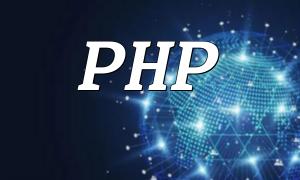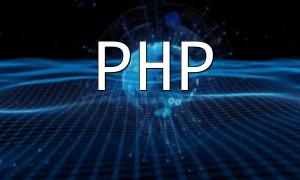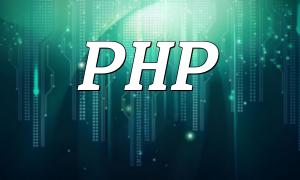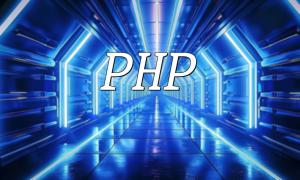With the rapid development of IoT technology, an increasing number of devices are being connected to the Internet, enabling data communication and sharing between them. In the field of IoT, PHP, as a versatile scripting language, can be used for IoT hardware programming and data exchange with cloud platforms. This article will demonstrate how to use PHP to exchange data between IoT hardware and cloud platforms through a simple example.
Before starting IoT hardware programming, the first step is to choose an appropriate cloud platform for data exchange. There are many cloud platforms on the market that offer IoT-related services, such as Alibaba Cloud, Tencent Cloud, and AWS. When selecting a cloud platform, factors like stability, scalability, and security must be considered, along with the available API interfaces and supported programming languages.
In IoT hardware programming, you need to connect the hardware devices with the cloud platform. Generally, this can be done through network communication protocols such as HTTP, MQTT, etc., to send data from the hardware to the cloud platform. In this example, we will use the HTTP protocol for data communication.
First, prepare an IoT hardware device, such as a sensor or controller. Connect the hardware to a computing device (e.g., a Raspberry Pi) and make sure the hardware is working properly.
Next, use PHP to write the code that will facilitate data exchange with the cloud platform. In this example, we will use PHP's cURL library to send HTTP requests. Here is the sample code:
<?php // Define the cloud platform's API URL $apiUrl = "http://api.example.com/data"; // Data to be sent $data = [ "temperature" => 25, "humidity" => 60 ]; // Use cURL to send HTTP POST request $ch = curl_init(); curl_setopt($ch, CURLOPT_URL, $apiUrl); curl_setopt($ch, CURLOPT_POST, true); curl_setopt($ch, CURLOPT_POSTFIELDS, http_build_query($data)); curl_setopt($ch, CURLOPT_RETURNTRANSFER, true); $response = curl_exec($ch); curl_close($ch); // Print the response echo $response; ?>
In the code, we first define the cloud platform's API URL and the data to be sent. Then, using the cURL library, we create an HTTP POST request to send the data to the cloud platform. Finally, we retrieve and print the response from the cloud platform.
After exchanging data with the cloud platform, you will typically receive a response. You can process the response data accordingly, such as saving the data to a database or sending alert notifications. In this example, we simply print out the response.
While this is just a basic example, in a real-world application, you may need to consider additional factors, such as data encryption, authentication, and error handling. Depending on your specific needs, you might also need to write scheduled tasks or event-driven programs to send data to the cloud platform periodically or in real time.
This article demonstrated how to use PHP to implement data exchange between IoT hardware and cloud platforms. By selecting the right cloud platform and writing PHP code, you can establish data communication between hardware devices and the cloud. IoT technology has a wide range of applications across various industries, and with continued learning and practice, you can leverage your PHP programming skills to contribute to the advancement of IoT.









